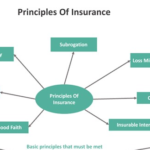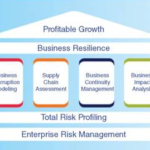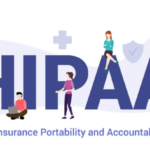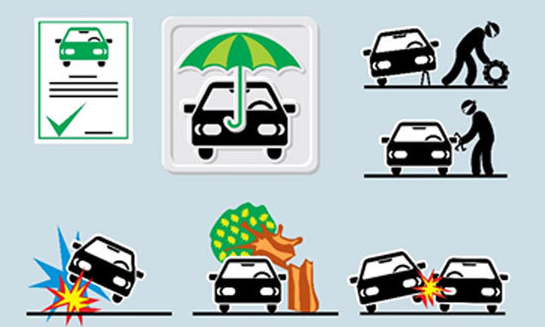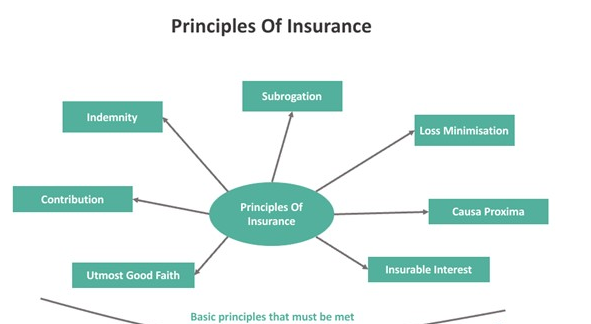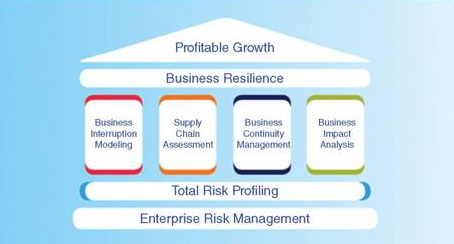As technology continues to revolutionize industries, the insurance sector has seen substantial transformations in how it determines premiums and offers services. One of the most prominent innovations in auto insurance is Usage-Based Insurance (UBI). This model offers a personalized approach to car insurance, potentially reducing premiums for safe drivers and those who use their vehicles sparingly. But what exactly is usage-based insurance, how does it work, and how can it help lower your auto insurance premiums?
Understanding Usage-Based Insurance (UBI)
Usage-Based Insurance, sometimes referred to as pay-as-you-drive (PAYD), pay-how-you-drive (PHYD), or mileage-based insurance, is a type of auto insurance where the cost is calculated based on the driver’s actual usage of the vehicle. This contrasts with traditional auto insurance, which primarily relies on broad statistical factors such as age, location, and past driving history to determine premiums.
In UBI, the premiums are directly tied to driving behavior and mileage, offering a fairer and more customized approach to pricing. By monitoring specific driving patterns, such as speed, acceleration, braking, and time of travel, insurers can better assess risk and adjust premiums accordingly.
How Does UBI Work?
UBI relies on technology to gather data about how you drive. There are several methods insurers use to collect this data:
- Telematics Devices: Many insurers offer small devices that plug into your vehicle’s onboard diagnostic port (OBD-II). These devices collect data related to your driving behavior, including speed, distance traveled, and braking patterns. The data is then transmitted back to the insurer.
- Mobile Apps: Some insurance companies have moved to smartphone apps that use GPS and sensors in your phone to track your driving. These apps record similar data to telematics devices, including acceleration, cornering, and the time of day you’re driving.
- In-Car Technology: Some newer vehicles come with built-in telematics systems that insurers can access to gather information about driving habits.
Once the data is collected, insurers analyze the information to assess the risk level associated with your driving behavior. Safer drivers who engage in less risky driving behaviors—such as smooth braking, moderate speeds, and driving at non-peak hours—are typically rewarded with lower premiums. On the other hand, drivers who frequently speed, drive aggressively, or travel long distances may see higher rates.

Types of Usage-Based Insurance Models
There are generally three types of UBI programs, each designed to suit different driving habits and preferences.
- Pay-As-You-Drive (PAYD): This model focuses primarily on mileage. The less you drive, the lower your premium. PAYD programs are ideal for individuals who don’t use their car often, such as those who live in urban areas or work from home. This can be beneficial in reducing costs if your mileage is significantly lower than the average driver.
- Pay-How-You-Drive (PHYD): This model takes driving behavior into account. Insurers look at various aspects of your driving habits, such as how quickly you accelerate, how hard you brake, and how fast you typically drive. Drivers who exhibit safe, cautious driving behaviors are rewarded with lower premiums.
- Pay-Per-Mile (PPM): Similar to PAYD, this model focuses specifically on mileage. However, instead of charging based on broad mileage tiers, pay-per-mile programs charge a base rate plus a small fee for every mile driven. This model is particularly appealing to those who only use their cars occasionally.
Benefits of UBI
The adoption of UBI can bring several benefits to both insurers and drivers. Below are some of the key advantages.
- Lower Premiums for Low-Mileage Drivers: One of the most significant benefits of UBI is the potential for lower insurance costs for drivers who don’t drive often or for long distances. Traditional insurance models don’t account for individual driving habits as specifically as UBI does, which means that drivers who only occasionally use their vehicles may end up overpaying for coverage. UBI, on the other hand, rewards low-mileage drivers with lower premiums.
- Rewards for Safe Driving: UBI incentivizes safe driving behavior. Drivers who consistently follow speed limits, avoid harsh braking, and drive during safer times of the day are often rewarded with reduced premiums. This means that UBI not only offers financial benefits but can also encourage better driving habits.
- Customization: Unlike traditional insurance policies that apply broad risk assessments based on factors like age, gender, and driving history, UBI provides a more personalized approach. Drivers are charged based on how they actually use their vehicles rather than assumptions about their behavior. This customization leads to fairer pricing structures and ensures that you only pay for the coverage you need.
- Reduced Environmental Impact: By incentivizing drivers to use their vehicles less, UBI can indirectly reduce environmental impact. Drivers who know that fewer miles driven will lead to lower premiums may be more inclined to use public transportation, carpool, or reduce unnecessary trips, thereby cutting down on emissions.
- Transparency: With UBI, drivers have access to the data that insurance companies use to determine their rates. This transparency can help drivers understand how their behavior affects their premiums and what steps they can take to lower their costs.
How Can UBI Reduce My Auto Insurance Premium?
The biggest advantage of UBI is its potential to reduce auto insurance premiums. Let’s explore how this can happen.
- Reduced Mileage: Many UBI programs focus on the total number of miles driven. If you don’t drive often, or if you only use your car for short trips, you could see a significant reduction in your insurance premiums. The less time you spend on the road, the lower your risk of being involved in an accident, and insurers reward that reduced risk with lower rates.
- Better Driving Habits: UBI programs assess driving behavior, and safe drivers are rewarded with lower premiums. By avoiding risky behaviors like speeding, hard braking, and sharp turns, you demonstrate that you’re a low-risk driver. Over time, as the insurer collects more data and sees consistent safe driving patterns, your premiums could decrease.
- Driving During Safer Hours: Some UBI programs also take into account the time of day when you drive. Driving during peak hours (like rush hour) or at night can increase the risk of accidents. If you mostly drive during off-peak hours, your insurance premiums may be lower. For instance, retirees or individuals who work from home and drive less frequently at night or during rush hour may benefit from lower rates.
- Immediate Feedback: With UBI, many insurers provide drivers with real-time feedback on their driving habits through apps or dashboards. This allows drivers to monitor their behavior and adjust accordingly. For example, if you’re frequently speeding or braking harshly, you can use the feedback to change your habits and lower your risk—resulting in lower premiums.
- Pay-Per-Mile Programs: For drivers who rarely use their cars, pay-per-mile programs can lead to substantial savings. If you live in an urban area with good public transportation or if you work from home and don’t commute daily, a pay-per-mile insurance plan could save you money by charging you only for the miles you actually drive.
- Discounts for Using UBI: Many insurers offer discounts just for enrolling in a UBI program, regardless of the driving data they collect. This initial discount can result in immediate savings, and if your driving data is favorable, you may see additional reductions in your premium over time.
Potential Drawbacks of UBI
While UBI offers many benefits, it’s important to consider some of the potential drawbacks before enrolling in a program.
- Privacy Concerns: UBI programs require insurers to collect a substantial amount of data about your driving habits. This can include where you go, how fast you drive, and even when you’re driving. For some drivers, this level of data collection may raise privacy concerns. Although most insurers claim to use the data solely for determining insurance rates, the idea of being constantly monitored may be uncomfortable for some individuals.
- Higher Premiums for Risky Drivers: While UBI rewards safe drivers with lower premiums, it can also result in higher premiums for drivers who engage in risky behaviors. If you frequently speed, brake harshly, or drive during peak accident hours, your rates may increase compared to traditional insurance plans.
- Limited Availability: Not all insurance companies offer UBI programs, and those that do may not provide them in every state. Drivers interested in UBI may need to shop around to find a provider that offers the program in their area.
- Technology Dependence: UBI relies heavily on technology, whether it’s a telematics device or a smartphone app. This means that technical issues, such as device malfunctions or app inaccuracies, could affect your insurance rates. In some cases, drivers may be unfairly penalized due to glitches in the data collection process.
Is UBI Right for You?
UBI is a good fit for certain types of drivers, but it may not be the best option for everyone. To determine if UBI is right for you, consider the following factors:
- How often do you drive? If you don’t drive frequently or have a low annual mileage, UBI could lead to significant savings.
- Do you have safe driving habits? If you’re a cautious driver who avoids speeding and hard braking, UBI may offer lower premiums.
- Are you comfortable with data tracking? If you’re concerned about privacy and data collection, you may want to think twice before enrolling in a UBI program.
- Do you drive at odd hours? If you often drive late at night or during rush hour, UBI may not offer as many savings opportunities compared to traditional insurance

Conclusion
Usage-Based Insurance offers an innovative and more personalized approach to auto insurance. By tailoring premiums based on actual driving behavior and mileage, UBI can provide cost savings for safe drivers and those who drive less. While there are some privacy and technical concerns to consider, the potential for reduced premiums makes UBI an attractive option for many drivers. As insurance companies continue to refine their UBI offerings, more drivers may find that this model better suits their driving habits and financial needs.

